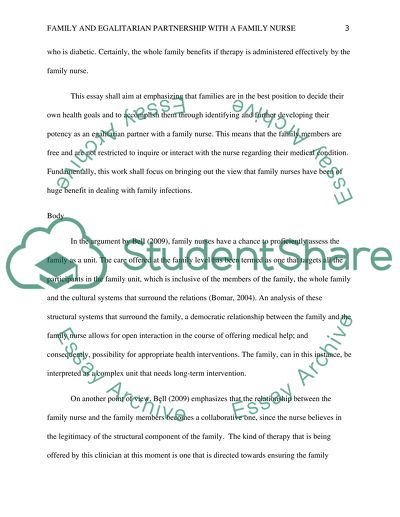Cite this document
(“Family and egalitrarian partnership with a family nurse Essay”, n.d.)
Family and egalitrarian partnership with a family nurse Essay. Retrieved from https://studentshare.org/nursing/1456360-critical-thinking-question-discussion
Family and egalitrarian partnership with a family nurse Essay. Retrieved from https://studentshare.org/nursing/1456360-critical-thinking-question-discussion
(Family and Egalitrarian Partnership With a Family Nurse Essay)
Family and Egalitrarian Partnership With a Family Nurse Essay. https://studentshare.org/nursing/1456360-critical-thinking-question-discussion.
Family and Egalitrarian Partnership With a Family Nurse Essay. https://studentshare.org/nursing/1456360-critical-thinking-question-discussion.
“Family and Egalitrarian Partnership With a Family Nurse Essay”, n.d. https://studentshare.org/nursing/1456360-critical-thinking-question-discussion.


